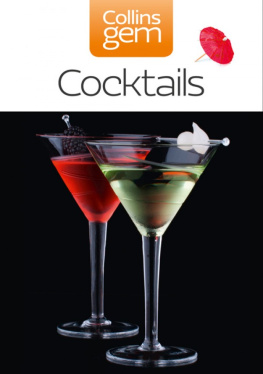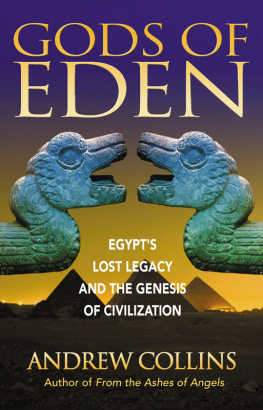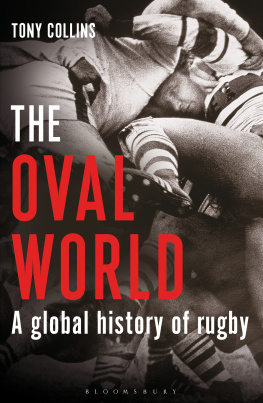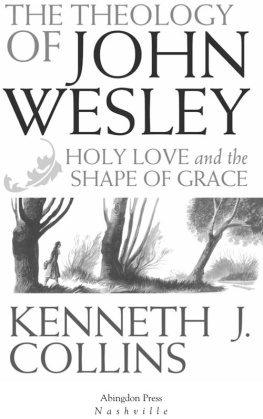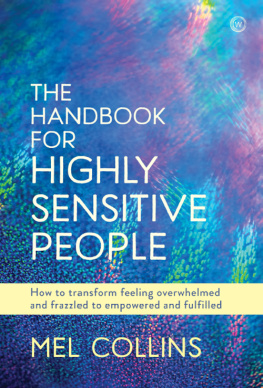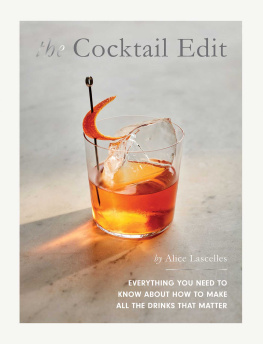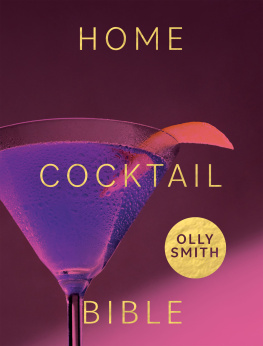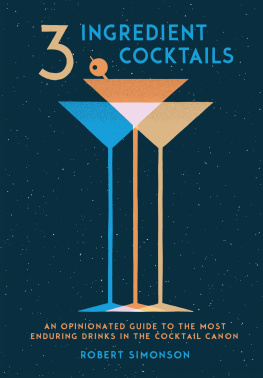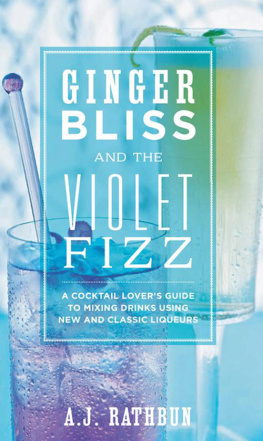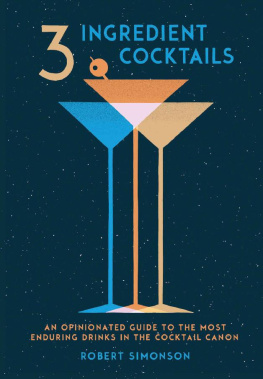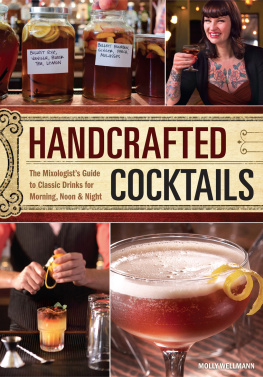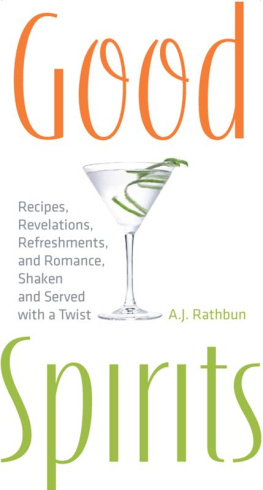No one knows exactly where, why, when, or by whom the first cocktails were mixed and shaken, though a likely candidate for the honour is Betsy Flanagan, an enterprising Irish-American innkeeper, who, it is said, decorated the bottles from which she decanted her concoctions with gaily coloured tail feathers from fighting cocks. The story goes that a French customer of hers was so taken with this unusual presentation that he raised his glass to Betsy with the toast Vive le cocktail!
Whether this tale is true or not remains a matter of conjecture. Some cocktail buffs hold that the name really comes from cock-ale, a mixture of spirits administered to fighting cocks in 18th-century England to get their courage up before their bouts, while others argue that the name was derived from a mixed drink called a coquetel, which originated in the Bordeaux region of France. Apparently, this was a favourite tipple among the French officers serving alongside the rebellious colonists during the American War of Independence, in what were to become the southern states of the U.S.A. What cannot be disputed, however, is that cocktails started
their real climb to fame in 20s America, when they became the preferred illegal beverage for the hundreds of thousands of drinkers confronting the vigours and rigours of Prohibition. A total ban on the manufacture, sale and transport of alcoholic drinks held the nation in its grip from 1919, when the 18th Amendment to the Constitution was passed into law over President Woodrow Wilsons veto, until 1933, when it once again became legal to drink alcohol in the U.S.A.
In 1928, President-elect Herbert Hoover may still have been referring to Prohibition as a great social and economic experiment, noble in motive and far-reaching in purpose, but, by this time, the whole affair was already proving itself to be an abject fiasco. Despite all the efforts of the police, Customs officers and revenue officials, bootlegging had become big business, with organized crime heavily involved: in towns and cities throughout the U.S.A., illicit speakeasies had taken over from traditional bars and saloons (the name speakeasy probably comes from the security governing admission to the premises).
Once the drinkers were inside, the quality of the liquor, in the main, was nothing to write home about. To satisfy a nation that seemed to be growing thirstier by the minute and, at the same time, maximise their own profits the bootleggers were being driven to setting up hidden stills of their own to supplement the shiploads and truckloads of booze that they were smuggling into the country from abroad. Soon, they were producing gallon after gallon of their own disreputable versions of whisky, gin and rum: bathtub gin was one favourite, with coffin varnish, rotgutand moonshine being among the others. The one quality they all had in common was that, as raw spirits, they tasted truly dreadful. At their worst, they actually could be downright poisonous.
With bars across the country searching for ways of making what they were selling palatable, cocktails were quick to come into their own. Soon, they became all the rage and expert bartenders (or mixologists, as they became known in the U.S.A.) became living legends on the strength of the cocktail recipes they originated. From the U.S.A., the fashion spread to Europe. London, Paris, Nice, Venice
to keep up with the times, any place with the slightest claim to being in the swing of things had to follow the trend. Just as the bar of the St Regis Hotel became, for a time, the place for cocktails in New York, in London there was the American Bar at the Savoy and the Rivoli Bar at the Ritz. Paris and Venice each had their own Harrys Bar the former was one of Ernest Hemingways favourite watering-holes while out East, in the heart of colonial Singapore, there was the Long Bar at Raffles Hotel, birthplace of the immortal Singapore Sling.
Where cocktail bars led, the soon-to-be-as-popular notion of the cocktail party followed. This was espoused equally eagerly by the jazz-loving, cigarette-holder-flourishing, Charleston-dancing, cocktail-sinking Bright Young Things of the period. For it was the young that took to the cocktail habit the most keenly. The what-was-good-enough-for-father brigade might still stick to sherry as the traditional aperitif before dinner, but why serve boring old sherry when there was a host of wonderfully exotic alternatives to shake, mix and pour? After all, this was the generation that re-dubbed the Boer War the Bore War and turned Englands green and pleasant land into Englands green unpleasant land. For Noel Cowards Amanda and Elyot, there was nothing to beat sipping a champagne cocktail as the sun slowly set at fashionable Deauville, while, back in London, the inimitable Jeeves would be mixing the driest of Dry Martinis history, unfortunately, does not record the exact recipe as Bertie Woosters indispensable preprandial tincture before the latter departed to meet his fellow eggs, beans and crumpets at the immortal Drones Club.

Cocktail shaker
Today, there are literally thousands of different cocktails, enough to suit every age, taste and occasion. They range from elegant classics, such as the Dry Martini, Manhattan and Sidecar, to such colourful and exotic creations as the Harvey Wallbanger, Pia Colada and Tequila Sunrise, to the contemporary Cosmopolitan and Mojito. However, there is simply no right or wrong way of making these and all the other different varieties. What there is, as cocktail fans will undoubtedly tell you, is a mystique that has sprung up over the years about the virtues of those closely-guarded individual touches that individual bartenders have injected into the recipes. For the key to a truly memorable cocktail is undoubtedly individuality. This is why the search for that single greatest Dry Martini in the world is somewhat like the epic quest on which King Arthur and the Knights of the Round Table embarked in search of the Holy Grail. It will probably take just as long and end just as unsuccessfully. Each and every bartender has his or her own view and version: one celebrated American bartender holds, for instance, that the secret lies in careful preparation of a Martini glass. What to do is to pour no more than a quarter capful of vermouth into the glass, swill it around and empty it out before the glass is chilled.
In fact, there is little or no magic involved when it comes to the basics of mixing a good cocktail. It is much more of a science than an art and the first principles are easy to master. With a smattering of basic knowledge and a dash of commonsense, it is by no means difficult to prepare cocktails that will tickle the fancy of even the most discriminating or jaded of palates. For instance, whether you shake, stir or pour is determined by what the ingredients are, as they determine the choice of method. If fruit juice, egg white, egg yolk, cream, milk or other cloudy or opaque ingredients are involved, the use of a cocktail shaker is called for, according to the experts. If all the ingredients are clear, then the way to mix them is to stir them together in a bar glass.
Remember, too, that it can be easy to get confused by quantities especially since, depending on nationality or location, different bartenders can use different systems of measurement. This is why it is always best to work in proportions, if you can. Finally, as you gain in confidence, you can be more inventive. The recipes given later in this book are accepted cocktail recipes, but you could experiment with lots of little variations within them. A touch of Grenadine or sugar syrup can supply a touch of extra sweetness, while a dash of Angostura bitters, lemon juice or lime juice will give you an added hint of bitterness or sourness respectively. If you are lucky, you will discover that, like all the great bartenders, you have the knack of hitting on exactly the right tricks to create something truly individual.

